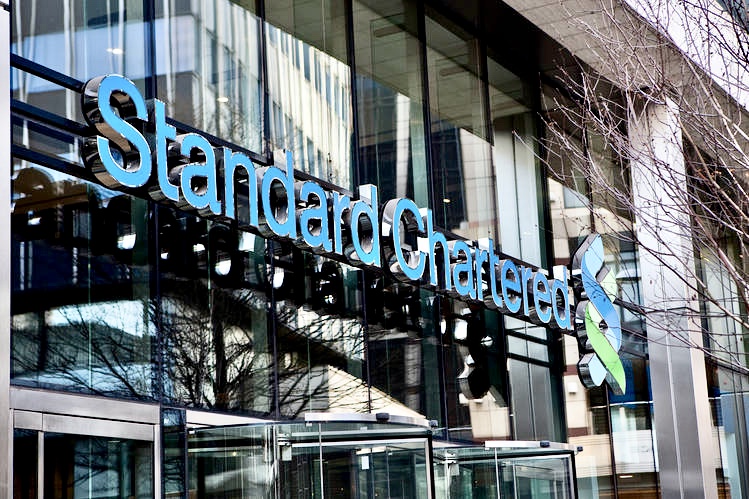Lusaka Securities Exchange (LuSE) listed Standard Chartered Bank’s FY19 after tax earnings slid 55.9% to K117.8million on a decline in income growth and widening impairments. The banks total income rose 6.95% to under a yard supported by strong growth in interest income by 22.45% to K1.08billion on the back of revenue from credit extension totaling K555.72million in addition to duration in government securities earning the bank slightly under half a billion Kwacha’s.

Stronger FX trading cushions softer fee and commissions. Stancharts non-interest income line slowed 13.04% to K345.04million as autopsy effects of eradication of unwarranted fees manifested in a 19.67% softer commission and fee earnings to K126.05million cushioned by a 10.85% stronger foreign exchange trading revenue of K179.69million.
Higher interest expense and widening impairments. Weighing the contribution was an 85.7% jump in interest expense on deposits to K333.49million compounded with unusually higher impairment stock to K100.2million (compared to K45million a year ago). Non-interest expenses were 13.5% higher to K782.02million in 2019.
The banks credit book expanded 10.08% to slightly above three yards as its total assets were 13.15% bullish to K10.96billion.
Credit Risk Classification (IFRS9) and Autopsy effects of Unwarranted Fees Weigh. Standard Chartered Bank have been on restructure mode as they embrace digitization fully which has led to closure of some branches in the year. Softer growth in total income is occasioned by adverse effects of the eradication of unwarranted fee income which weighed the bank. Widening impairments are so unlike standard chartered that always run a leaner line but with International Financial Reporting Standard Number 9, it is very likely that credit risk is now being reclassified by most commercial banks in Africa’s second largest copper producer. However impairments in the market are deemed as potential opportunity for medium term future write backs to the bottom line which serve as futures earnings hedge.
Cost of funding is evidently high on the back of an elevated Kwacha demand curve which banks continue to reference in pricing deposits as they manage liquidity risks. Stancharts interest expense ballooned significantly. Ceteris paribus the bank remains well capitalized.
The Kwacha Arbitrageur


1 Comment
Pingback: Daily FiZ - Tuesday 04/02 - Financial Insights